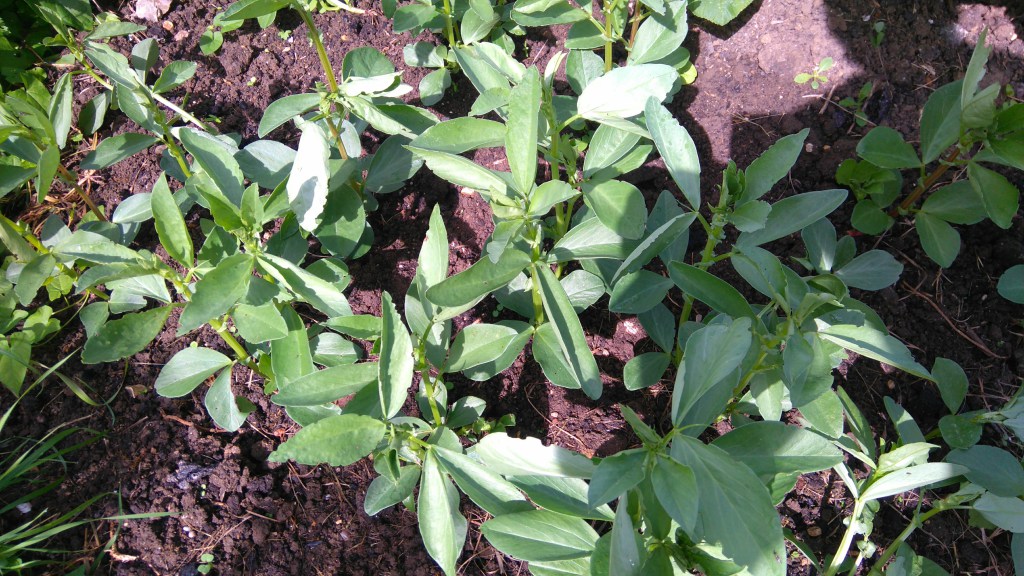National Allotment Week
With a rapidly growing population, an estimated 90% of our time spent inside, and with increasingly digitalised realities submerging us (you can buy virtual reality head sets in supermarkets!), it’s safe to say, we need to get outdoors, look at the trees, swim in the sea and of course, grow some potatoes.
The mental and physical health benefits of being outside are well established. Indeed, even replicating the outside, inside, is becoming increasingly promising with biophilic design. And we’ve all heard those shocking anecdotes of children not knowing where lettuce comes from. It’s not controversial; being outside is great and we need to know more about our wildlife and where our food comes from.
Let’s reduce our carbon footprint and grow some exciting things that make home-cooked meals so much more satisfying, help teach children and adults alike, and contribute to biodiversity. One of the biggest benefits of growing your own food is knowing it is responsibly sourced. What better way to ensure your food has reduced carbon miles, is without industrial pesticides and the workers have been treated well, if you’ve grown it yourself?
As soon as you start unravelling the complex web of supply chains, whether it be food, jewellery or building materials, we can make more informed choices to help reduce our environmental and social impact.
Only through this knowledge can we as consumers become more empowered and contribute, however modestly, to a version of the world we want to live in. And it’s a joy! After carefully tending to your home grown tomatoes or chilli plants, the meals that come from that and the gifts they can make to loved ones are genuine; a humble nod to a part of ourselves many of us are largely disconnected from.
It’s the same satisfaction that can come from making more informed choices, whether it be organic and fair-trade tea or conflict-free diamonds, it feels good. It’s all about independent third party certification, which is why I am passionate about working in this area but for sustainably built developments.
BRE are fortunate enough to be immersed by some beautiful wildlife, tucked away just off the M1. We have a Site of Special Scientific Interest, Bricket Wood Common, right on our door step which is host to ancient woodland, heathland and streams.
There are some BRE’ers who even keep bees! It’s brilliant, catching the occasional glimpse of bee keepers tending to the hives, within view of one of the innovative housing projects we have on our Innovation park. Bees are clearly a key component to our ecosystems, and the honey they make each year is delicious.
There’s also talk of allotments being opened up on our own site as a part of the BRE S-Plan. So we try to practice what we preach in our certification schemes and further encourage the provision of outdoor space. The Home Quality Mark awards credits for having growing space accessible to new homes assessed against the scheme. During mater-planning, BREEAM Communities encourages the early thought of community spaces, including allotments, to help bring communities together.
If we could all grow a bit more, it would make a big difference, to us all individually and to our environment.
This article was originally published here by BRE Buzz on 15 Aug 2017. It was written by Rich Cobb.
--BRE Buzz
[edit] Related articles on Designing Buildings Wiki
Featured articles and news
RTPI leader to become new CIOB Chief Executive Officer
Dr Victoria Hills MRTPI, FICE to take over after Caroline Gumble’s departure.
Social and affordable housing, a long term plan for delivery
The “Delivering a Decade of Renewal for Social and Affordable Housing” strategy sets out future path.
A change to adoptive architecture
Effects of global weather warming on architectural detailing, material choice and human interaction.
The proposed publicly owned and backed subsidiary of Homes England, to facilitate new homes.
How big is the problem and what can we do to mitigate the effects?
Overheating guidance and tools for building designers
A number of cool guides to help with the heat.
The UK's Modern Industrial Strategy: A 10 year plan
Previous consultation criticism, current key elements and general support with some persisting reservations.
Building Safety Regulator reforms
New roles, new staff and a new fast track service pave the way for a single construction regulator.
Architectural Technologist CPDs and Communications
CIAT CPD… and how you can do it!
Cooling centres and cool spaces
Managing extreme heat in cities by directing the public to places for heat stress relief and water sources.
Winter gardens: A brief history and warm variations
Extending the season with glass in different forms and terms.
Restoring Great Yarmouth's Winter Gardens
Transforming one of the least sustainable constructions imaginable.
Construction Skills Mission Board launch sector drive
Newly formed government and industry collaboration set strategy for recruiting an additional 100,000 construction workers a year.
New Architects Code comes into effect in September 2025
ARB Architects Code of Conduct and Practice available with ongoing consultation regarding guidance.
Welsh Skills Body (Medr) launches ambitious plan
The new skills body brings together funding and regulation of tertiary education and research for the devolved nation.
Paul Gandy FCIOB announced as next CIOB President
Former Tilbury Douglas CEO takes helm.
UK Infrastructure: A 10 Year Strategy. In brief with reactions
With the National Infrastructure and Service Transformation Authority (NISTA).
























